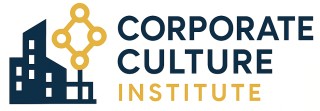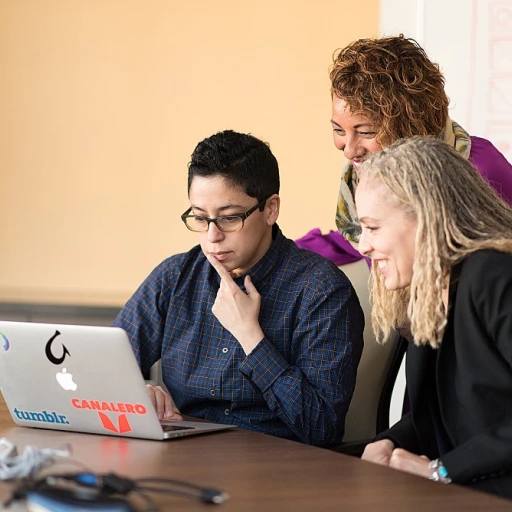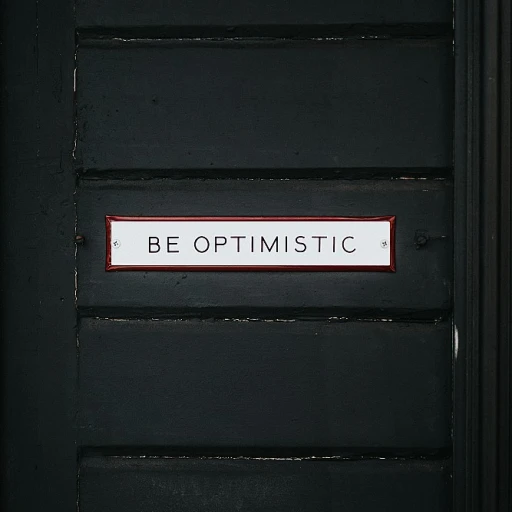
Understanding the Importance of Employee Recognition
The Power of Acknowledgment in the Workplace
Recognizing employees plays a crucial role in building a strong company culture. Employee recognition is not just about acknowledging hard work; it's about ensuring employees feel valued and appreciated within the workplace. A well-structured recognition program can significantly boost employee morale, engender a sense of belonging, and even enhance productivity over time.
The ways to recognize team members may vary, ranging from simple thank-yous to more elaborate celebrations like an appreciation day. Such gestures can transform the work environment into a more positive and motivating space. It is essential for companies to create a culture where every employee, irrespective of their position, feels seen and celebrated.
One effective strategy for celebrating your team includes organizing events that allow employees to unwind and bond outside typical work scenarios. Whether it's a company-wide appreciation day or small gatherings during lunch hours, these initiatives offer powerful opportunities for team building and making each employee feel like a vital part of the organization.
As companies strive to recognize employees' hard work, the approach should be personalized and consistent, fostering a sense of fairness and inclusion. Personalized recognition approaches are highly effective in enhancing employee engagement by aligning recognition with individual preferences and achievements.
Personalized Recognition Approaches
Crafting Unique Paths to Recognize Efforts
Personalized recognition approaches are essential for creating an employee appreciation program that truly resonates across the team. Recognizing the unique contributions of your employees goes beyond delivering generic praise, setting the foundation for a more profound connection and enhancing employee engagement in your workplace. The methods used in celebrating achievements ought to reflect the individual preferences and cultural backgrounds of your team.- Custom Gift Cards: Offering tailor-made gift cards based on employees' hobbies or interests can infuse a personal touch in your appreciation day, showing that you observe their efforts and understand their likes.
- Spotlighting Individual Strengths: Take the time to identify and celebrate the unique strengths employees bring to their roles. A handwritten note or a public acknowledgement during team meetings can strengthen bonds and encourage others to feel valued.
- Consider Well-timed Recognition: Thoughtfully timed recognition like small celebrations during company-wide events can ensure moments feel special. For more ideas on recognizing the talents of others, you can explore these thoughtful thanksgiving gifts that may inspire team connections.
Implementing Peer-to-Peer Recognition Programs
Harnessing the Power of Peer Recognition
In the modern workplace, fostering a culture of appreciation and mutual respect is pivotal for a thriving company environment. One effective way to achieve this is through implementing peer-to-peer recognition programs. These programs can transform the workplace by empowering employees to celebrate each other's successes, offering an authentic and personal touch to employee recognition. Peer recognition not only encourages employees to notice and value the hard work their colleagues put in each day but also helps to build a stronger team culture. As peers are often the ones who directly observe a colleague's efforts, their acknowledgments can feel more meaningful and sincere. Recognizing employees this way ensures that everyone has a hand in creating a supportive workplace environment. There are several approaches companies can use to incorporate peer recognition effectively:- Peer Nominations: Encouraging employees to nominate their colleagues for outstanding contributions fosters a culture of mutual appreciation. Regular events, like an employee of the month or appreciation day, can spotlight these kudos, making employees feel valued.
- Social Platforms: Utilizing company-wide social media or internal communication tools can serve as a platform for employees to share public praise. It helps to amplify peer recognition across the organization, thus enhancing employee engagement.
- Group Celebrations: Organizing team building events or smaller scale celebrations, such as a company-wide meeting to discuss achievements, can be an effective way for teams to show appreciation in a collective manner.
- Reward Systems: Consider implementing a system where peers can share low-cost rewards or small tokens, like gift cards or personal notes as tokens of appreciation.
Leveraging Technology for Recognition
Utilizing Modern Technology for Enhanced Employee Recognition
To foster a robust culture of appreciation within the workplace, companies today are increasingly leveraging technology to recognize employees in innovative ways. By integrating various digital tools into employee recognition programs, organizations can streamline the recognition process and make it more engaging and personalized for employees.
One way to integrate technology into recognition initiatives is through the use of automated platforms designed specifically for employee appreciation. These platforms can facilitate not only the straightforward tracking of accomplishments, but also offer a range of customizable options for delivering rewards and recognitions, such as digital gift cards or personalized messages from team leaders.
Moreover, by utilizing social media and company-wide digital communication channels, companies can celebrate employee achievements in real-time, ensuring that recognition is timely and reaches a broader audience. Highlighting success stories and recognizing hard work on these platforms can also enhance employee engagement by fostering a community of mutual respect and acknowledgment within the team.
Another effective strategy is to implement software that supports peer recognition initiatives. This allows employees to recognize each other's contributions and efforts in an easy and informal manner, nurturing a culture of recognition from the ground up. Additionally, these peer-to-peer interactions can provide valuable insights into team dynamics and employee satisfaction, helping to refine and improve recognition programs over time.
Ultimately, the integration of technology not only enhances the efficiency and impact of recognition efforts but also makes employees feel more valued and appreciated on a personal level. As a result, organizations can benefit from a more motivated and cohesive workforce, ready to achieve the company’s objectives with enthusiasm and dedication.
Balancing Public and Private Recognition
Finding the Right Balance Between Public and Private Recognition
Striking the right balance between public and private recognition is key to fostering a positive company culture. Recognizing employees can significantly enhance their feeling of appreciation and motivate your team to maintain high levels of engagement.
Public recognition involves celebrating achievements in a company-wide setting, which can be especially effective during appreciation days. It allows top performers to gain visibility and can even bolster team building across the company. On the other hand, public appreciation might not be suitable for everyone, as some employees may prefer a more personal approach.
Here are some ways to balance both public and private recognition effectively:
- Public Celebrations: Host regular team meetings where outstanding performances are highlighted in front of peers. This not only reinforces a culture of appreciation, but also encourages peer recognition and fosters a sense of belonging among employees.
- Private Acknowledgments: A personalized note or direct communication from a manager can sometimes mean more than a public shout-out. It demonstrates personal appreciation for an employee’s hard work and dedication.
- Personal Milestones: Celebrate personal milestones, such as work anniversaries, privately to show that the company values each employee’s unique contributions and loyalty over time.
- Small Gifts and Rewards: Consider giving small rewards like gift cards, which can serve as a tangible reminder of appreciation, whether given publicly or privately.
- Leverage Social Media: Sharing successes on social media platforms allows employees to receive recognition both internally and externally, contributing to a positive workplace environment.
In applying these strategies consistently, organizations ensure that all forms of recognition contribute towards an inclusive and empowering workplace culture, where employees truly feel valued.
Measuring the Impact of Recognition Programs
Evaluating the Success of Appreciation Initiatives
Measuring the impact of recognition programs not only helps gauge their effectiveness but also ensures they are an integral part of the overall company culture. Evaluations can highlight areas where improvements are needed, ensuring continued employee engagement and motivation. While implementing personalized recognition and peer-to-peer recognition programs is crucial, analyzing their effectiveness can indicate how well different methods resonate with employees. Companies need to establish clear metrics and conduct regular surveys to assess how these initiatives make employees feel valued.- Define specific, measurable goals for your recognition program.
- Collect feedback from employees on both company-wide initiatives and small team-level gestures.
- Use data analytics and technology to track participation rates and reward distribution.
- Monitor workplace morale and employee turnover rates to understand the program's impact.













